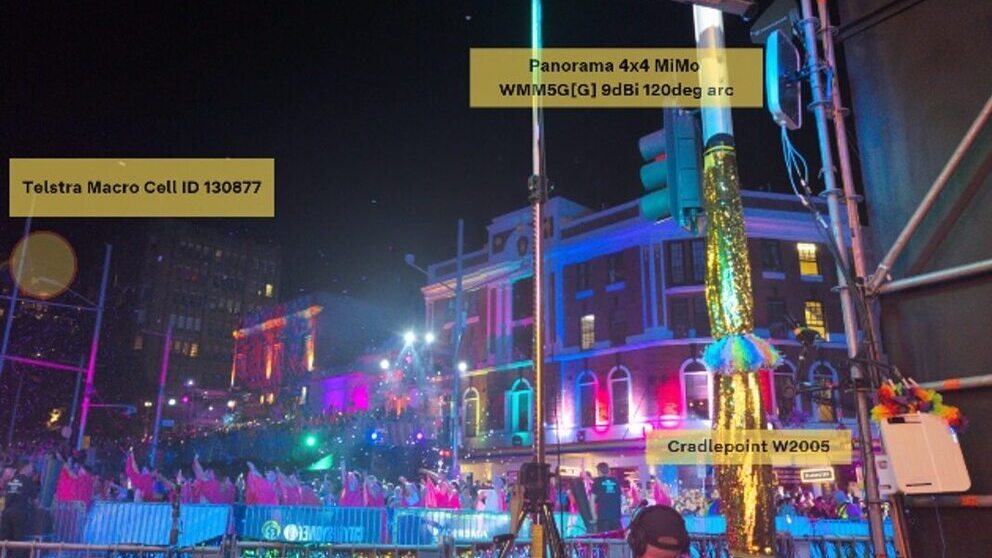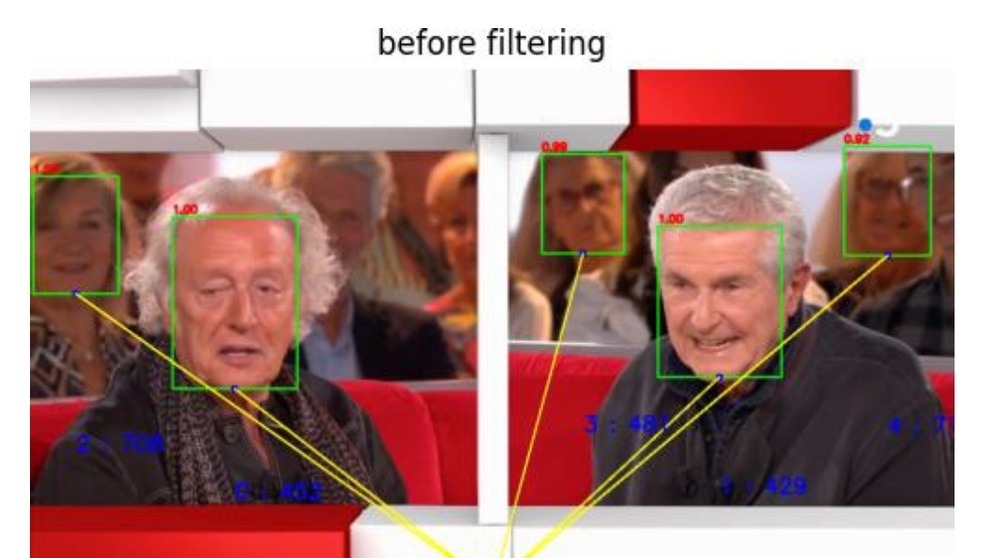This paper examines the collaborative efforts of BBC R&D, TV2 and Neutral Wireless to investigate and optimise 5G for low latency production in TV studio settings and multi-camera outdoor broadcasts, which in many aspects differ from newsgathering.
Public and private 5G networks have proved useful for electronic newsgathering where latencies of up to 2 seconds can be tolerated. 5G Networks introduce jitter and delay into the data path as consequences of the uplink scheduling process and retransmission mechanisms that manage transmission errors and packet loss. However, low latency broadcast production and audio applications need much lower delays and more stable performance. The performance depends upon the vendor implementation and its configuration. Previous projects reported significant jitter spikes and concluded that 5G networks cannot readily support the 4 ms target required for audio performances requiring in-ear monitors. Tuning the 5G configuration to reduce latency helps, but there is often a trade-off between latency and spectrum efficiency.
This paper examines the collaborative efforts of BBC R&D, TV2 and Neutral Wireless to investigate and optimise 5G for low latency production in TV studio settings and multi-camera outdoor broadcasts, which in many aspects differ from newsgathering. We discuss the performance and optimisation of the scheduler, along with the latency/capacity trade-off. Our analysis demonstrates that...
You are not signed in.
Only registered users can view this article.

IET announce Best of IBC Technical Papers
The IET have announced the publication of The best of IET and IBC 2024 from IBC2024, once again showcasing the groundbreaking research presented through the papers. The papers have been selected by IBC’s Technical Papers Committee for being novel, topical, analytical and well-written and which have the potential to make a significant impact upon the media industry. 327 papers were submitted this year, and after a rigorous selection process this publication features the ten papers deemed by the judges to be the best.

Technical Papers 2024 Session: 5G Case Studies – public network slicing trials and striving for low latency
In this session from IBC2024, Telestra Broadcast Service and the BBC present their work 5G Case Studies as part of the IBC Technical Papers.

Technical Papers 2024 Session: AI in Production – training and targeting
In this session from IBC2024, three authors from NHK, Viaccess-Orca and European Broadcasting Union present their work on the application of AI to media production as part of the IBC Technical Papers.

Technical Papers 2024: Audio & Speech – advances in production
In this session from IBC2024, two authors present their work on Audio Description and implementing Audio Definition Model as part of the IBC Technical Papers.

Technical Papers 2024 Session: Advances in Video Coding – encoder optimisations and film grain
In this session from IBC2024, IMAX, MediaKind, Fraunhofer HHI and Ericsson present their work on video coding, as part of the IBC Technical Papers
